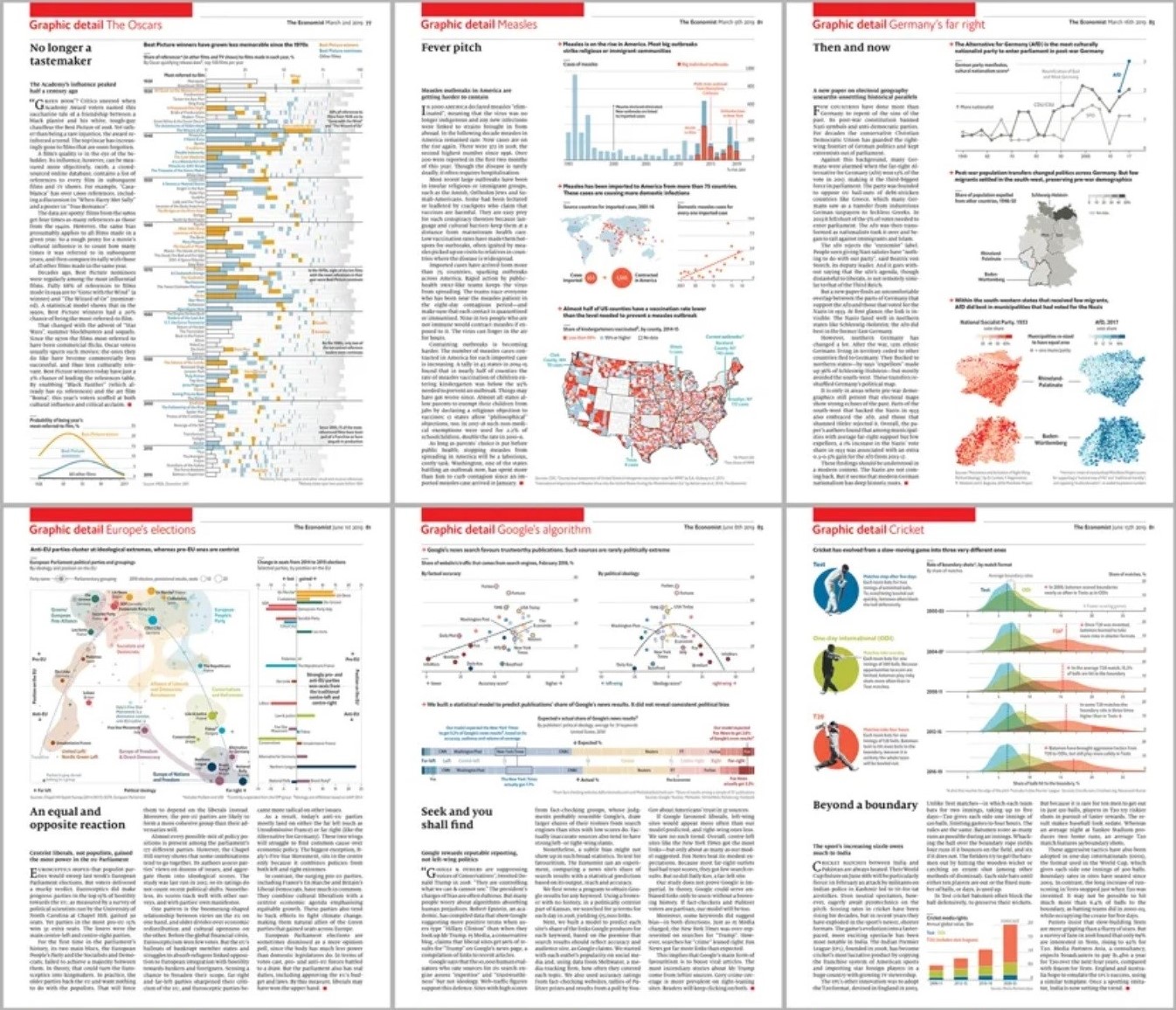
Getting Started in Python
Download Python and Spyder
Download the Python distribution anaconda from the anaconda website using the distribution installers links on the left. Once you’ve done this, you should be able to open spyder on your computer (it is installed as part of the anaconda distribution).
Now stop and read sections 1.1 and 1.2 of Using Python for Introductory Economics. The reading will explain the setup of the spyder interface, which has a script editor window on the left and an interactive IPython window in the lower right. It will also introduce numpy and pandas, the two main libraries that we will be working with throughout the semester. numpy (short for numerical Python) is Python’s scientific computing library, which allows you to define numerical arrays and do a range of mathematical calculations. pandas is the main data analysis library, and almost all of the data manipulation that we do in this class will involve pandas data frames.
Loading Data
The Python script below imports numpy and pandas and then loads a Stata data set directly from the web.
# ECON 370: GETTING STARTED IN Python
# preliminaries ----------------------------------
## libraries
import numpy as np
import pandas as pd
## load data
urlfile = 'https://raw.githubusercontent.com/barrolee/BarroLeeDataSet/master/BLData/BL2013_MF1599_v2.2.dta'
bl = pd.read_stata(urlfile)
Copy this example into a new python script on your computer and run the code. Once you run the code, you should see the data frame bl listed in the Variable Explorer tab
in the upper right. If you enter bl in the IPython console in the lower right, Python will print the first and last rows of the data frame bl.
The data you have loaded is part of the Barro-Lee Educational Attainment Data Set, which contains information on the education level of adults in over 140 countries. It is the most widely used data source documenting the rise in educational attainment that has taken place over the last century.
Familiarizing Yourself with the Data
Whenever you load data into Python, you should explore it enough to answer the following questions:
- How many observations are in the data frame?
- How many variables are in the data frame?
- What are the names of the variables?
- Which variables are numeric and which are strings?
- Which variables are actually categorical, and how are they stored?
- Is there missing data? Where?
You can read the number of rows and columns in the data frame bl from the Variable Explorer tab in the upper right. To familiarize yourself with any data frame df,
the commands df.shape, df.head, df.columns, and df.dtypes
are also useful. df.shape reports the the dimensions of df. df.head prints the first rows of df. df.columns lists the names of the columns (i.e. variables), and df.dtypes lists both the names of the columns and their associated data types (typically either float, which indicates that the column contains a numeric variable, or object, which indicates a string variable).
Using only these tools, you should be able to answer questions 1 through 5, above.
Missing Values
The command bl.describe() will provide a summary of the numeric variables contained in the data frame bl, including the means, medians, minima, maxima, and counts of non-missing values. If you just want to check for missing values, you can also use the following:
bl.isna().sum()
bl.isna() generates an array with the same dimensions as the data frame bl, but each value in the data frame is an indicator equal to one (or TRUE) if the analogous position in df is a missing value. As you might expect, sum() sums the columns in the data frame bl.
Summarizing Numeric Variables
One way to display the means of the numeric variables in the data frame bl is to use bl.describe(), as described above. This will print the means as well as the medians, minima, maxima, etc. Sometimes this is too much information. If you only want the mean of a single variable, for example the mean of year in the Barro-Lee data set, you can use:
bl['year'].mean()
To get the mean of any column x in data frame df, you can always use df['x'].mean(). This also works with other functions: for example,
min(), max(), median(), std(), var(), sum(). df['x'] is Python’s way of pointing to the column named x in pandas data frame df.
If you want to see the means of all the numeric variables in the bl data frame, you could use:
bl.mean(axis=0, numeric_only=True)
Notice that you need to select the columns of that data frame bl that are numeric using the numeric_only argument, since Python can’t calculate the mean of a string variable. The axis argument tells Python to calculate the average across rows (axis 0) rather than across columns (axis 1). (Python numbering
more or less always starts from 0, which takes some getting used to.)
Tabulating Values
It is often helpful to tabulate the most common values of a variable in a data set. One easy way to do this is to use value_counts(). For example, to tabulate the values of the region_code variable in bl, you could type:
bl['region_code'].value_counts()
or, equivalently,
bl.region_code.value_counts()
Next Steps
At this point, you should feel comfortable reading data sets into Python and exploring them. Before moving on to the first lab, it is worth reading (or at least skimming) sections 1.3, 1.4, and 1.8 of Using Python for Introductory Economics. 1.3 explains how to load data into Python, 1.4 introduces matplotlib, the most widely used data visualization library. 1.8 introduces some more advanced concepts like functions and loops.